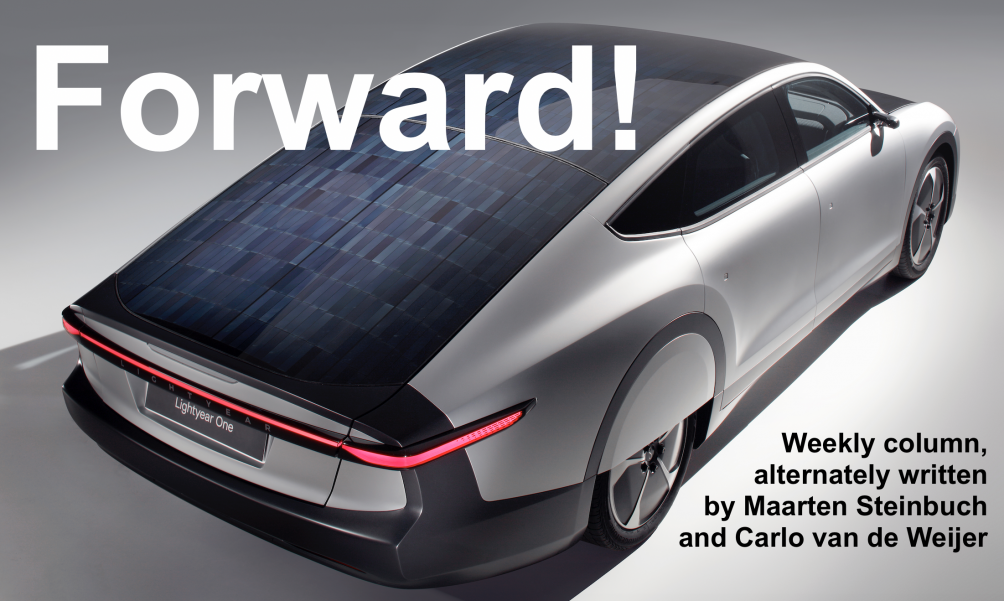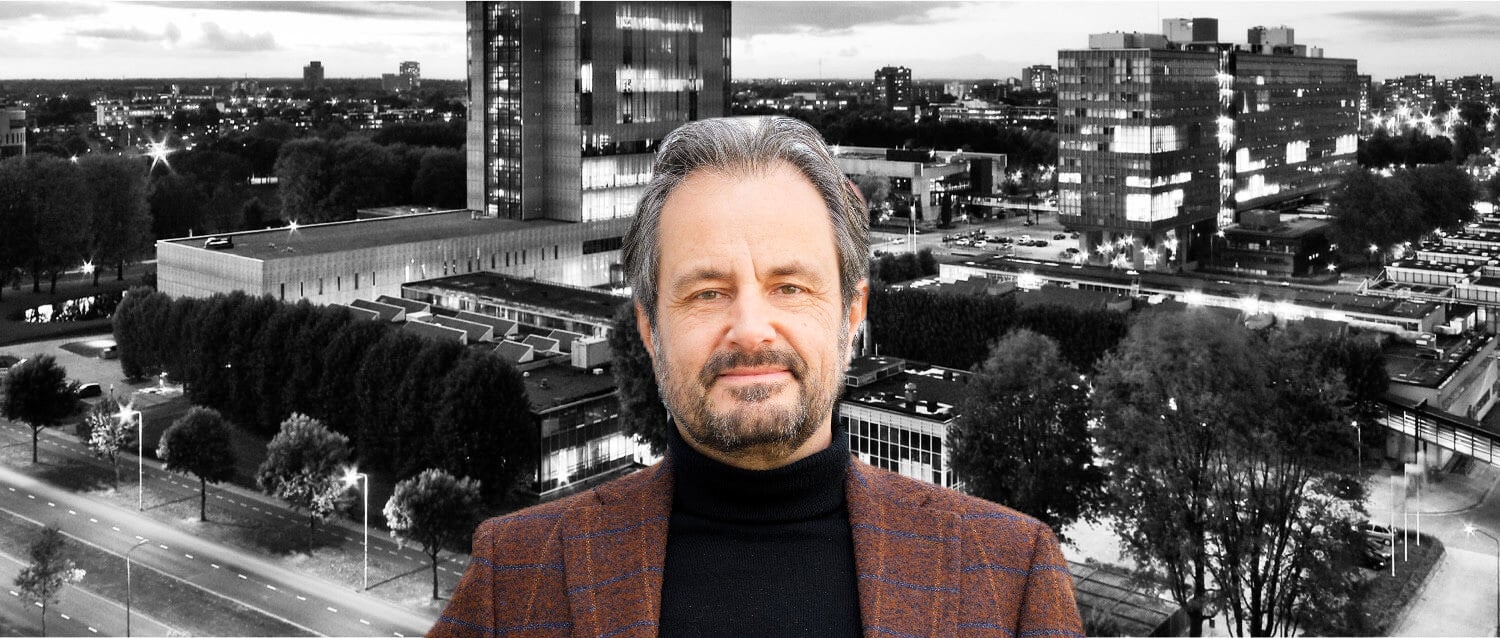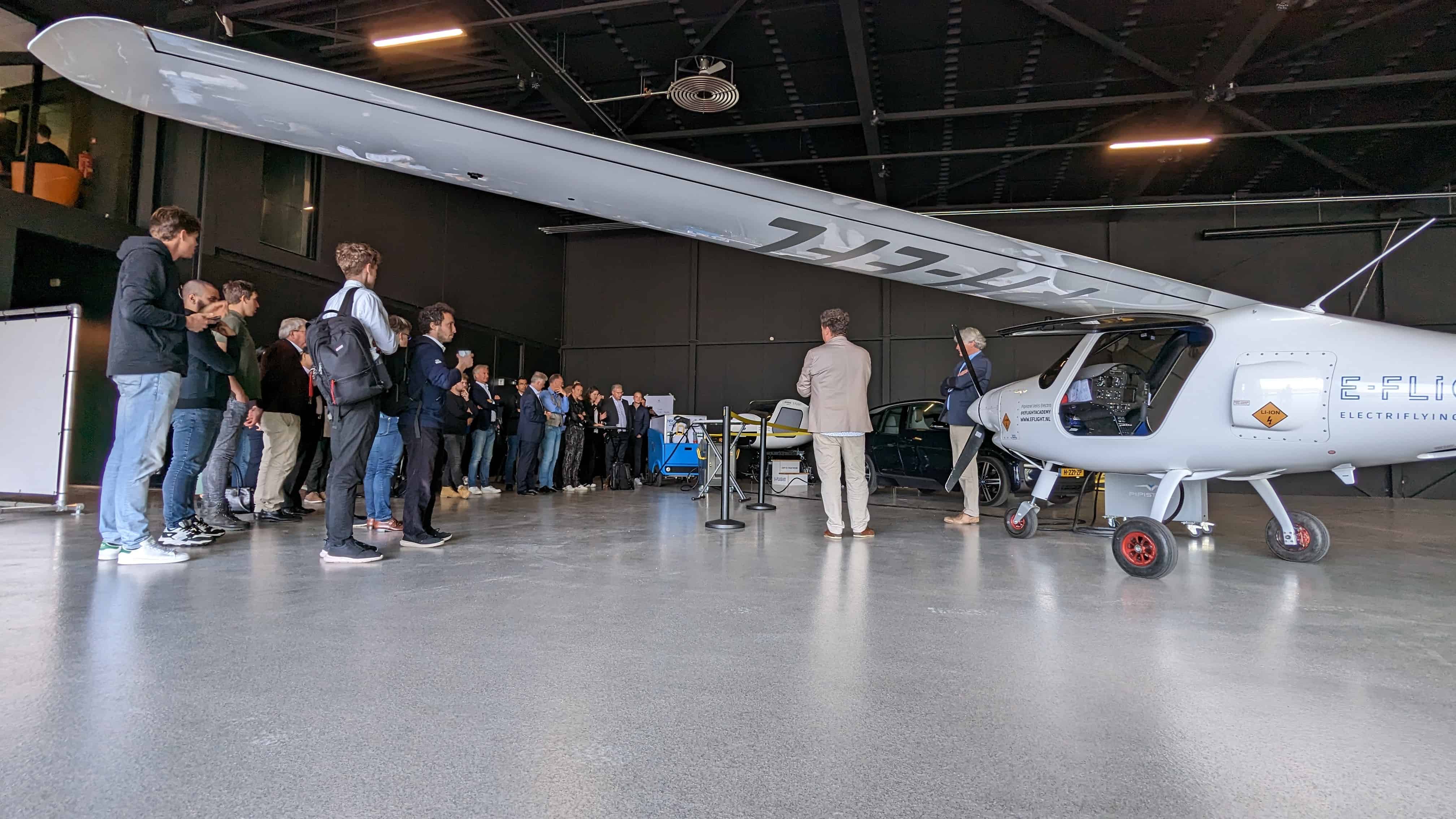
There seems to be an important turning point in our seemingly insatiable call for more mobility. Apart from aviation, mobility in the Netherlands has hardly grown at all in the last ten years. The traditionally constant growth towards more and faster accessibility has been useful for a long time. A hundred years ago, our average daily range was only a few kilometers, today it’s several dozens of kilometers.

Increased mobility has societal advantages. If my reach would be two kilometers, I would have to become a tomato picker or bell-founder and that doesn’t seem optimal for the economy, because I’m not very good at that. Increasing people’s range was economically sensible in order to link employee and employer as optimal as possible. But the economic benefit of stretching this range even further is getting smaller and smaller. The economic damage caused by infrastructural impact to landscapes will at some point outweigh the benefits of better accessibility – if that is not already the case. Citizens will have to adapt more to the available space for mobility, rather than the other way around.
I had to think about this when I plunged into the plans for the expansion of the A27 highway near Utrecht. That road would have to go from ten to fourteen lanes. The background to that plan is the classic expectation that road traffic will continue to grow endlessly and that we must continue to facilitate that growth in order to avoid traffic jams. The latter in particular is a mistake. I keep repeating: the economic damage caused by congestion certainly exists, but it is seldom large enough to justify drastic infrastructural expansion. And the problem of traffic jams is also relatively equitable because it is primarily the one causing the congestion who pays for it: after all, a traffic jam is made up of people who complain about the traffic jams. An earlier plan for the A27 was rejected in court, partly because its usefulness and necessity had not been sufficiently demonstrated.
“A traffic jam is made up of people who complain about the traffic jams.”
Carlo van de Weijer
Campaigners against widening have come up with their own alternative plan that would save the Amelisweerd forest alongside the highway. The vulnerable spot here is the deep basin in which the road is constructed. With a few modest modifications, two lanes can be added. The highway then goes from ‘four plus six’ to ‘six plus six’. There is no need to widen the basin and the forest is spared.
There is more and more talk of modest interventions of this kind instead of drastic projects. Especially now that we have all gained experience with working from home. Because of this, and the related further flexibilization of working hours, the demand for rush-hour transport, in particular, is decreasing. And that effect will largely be permanent.
Amelisweerd is a nature reserve, an old country estate with large trees that have been standing there for hundreds of years, and partly because of this it is a popular park among the citizens of Utrecht. The economic value of this type of ‘secondary facilities’ near home should be included more in the plans. If this awareness lands better and at the same time a fairer, lower price is calculated for the costs of traffic jams, the forest and landscape will increasingly win from the expanding highways and new railroads.







